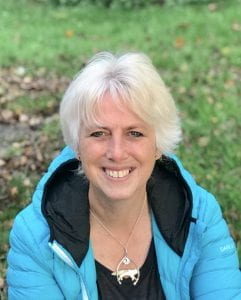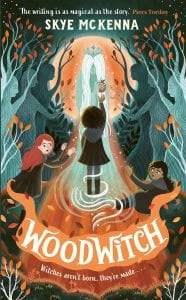
Welbeck, 9781801300414
One of the highlights of 2022 was discovering the wonderful novel “Hedgewitch” by Skye McKenna. In this we were introduced to the young Cassie Morgan and her discovery that she is part of a famous witch family and they welcome her into a new home with them; a home that guards The Hedge, a wood that acts as a divide between this world and the world of faerie. This also starts her search for her mother, who disappeared years before The only trouble with finding fantastic books is that it is difficult having to wait for any further adventures, but we have finally got the amazing second book in the series and I am delighted that I have been asked to take part in this blog tour.
Cassie has now settled to her life in the village of Hedgely, living with her Aunt Miranda and her two friends, Rue and Tabitha. However things are still not straightforward and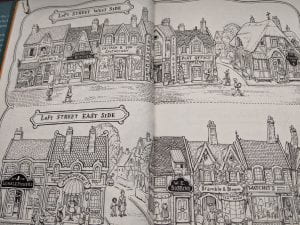 strange things start happening to people in the village; they appear to have been taken over by a spirit and are digging around, trying to find a mysterious treasure. Mixed with this we have the arrival of an Irish witch called Aoife Early and then Carrie’s uncle arrives, bringing her cousin Sebastien to stay and it is fair to say that the young man is less than happy at finding himself in a place without all of the modern amenities that he expects.
strange things start happening to people in the village; they appear to have been taken over by a spirit and are digging around, trying to find a mysterious treasure. Mixed with this we have the arrival of an Irish witch called Aoife Early and then Carrie’s uncle arrives, bringing her cousin Sebastien to stay and it is fair to say that the young man is less than happy at finding himself in a place without all of the modern amenities that he expects.
This is one of those multilayered stories where you have to stay focused on the varying strands of the story. All of this adds to the mystery and the tension as the plot builds up to a very exciting climax. There is a very satisfying blend of magic and reality, myth and legend, which the author has woven beautifully together. It is really about family and feeling like an outsider, particularly when there is a lot of change. The dynamics between the various characters is fascinating and gives us a sense of what it is like to be a young person trying to understand what is going on around them. There is also a sense that life is seen in black and white, without the multi- shaded elements that older people recognize, as they gain experience of the world.
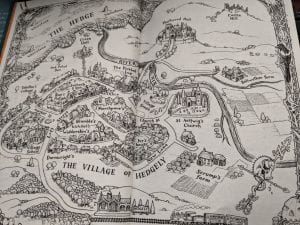 One of the things that I love about Skye’s writing is her power of description. There is a lyrical quality that draws the reader in and gives a sense of tranquility , calm and well-being, whether it is describing a special type of tea or or the trees in the Hedge. However she can also use this skill to heighten tension and frighten us as we face some of the servants of the Erl King (the King of Faerie). Her ability to change mood in the space of a few words means that the reader is constantly on their toes, waiting for the next situation to occur. I must mention the illustrators for the cover and the two representations of the village and the main street, these add an additional layer to our understanding of the world the story is set in and allows us to follow the journeys that the girls go on as they try to solve the mysteries they find.
One of the things that I love about Skye’s writing is her power of description. There is a lyrical quality that draws the reader in and gives a sense of tranquility , calm and well-being, whether it is describing a special type of tea or or the trees in the Hedge. However she can also use this skill to heighten tension and frighten us as we face some of the servants of the Erl King (the King of Faerie). Her ability to change mood in the space of a few words means that the reader is constantly on their toes, waiting for the next situation to occur. I must mention the illustrators for the cover and the two representations of the village and the main street, these add an additional layer to our understanding of the world the story is set in and allows us to follow the journeys that the girls go on as they try to solve the mysteries they find.
This is a delight of a book which I think has even surpassed the original tale, it is definitely worth five stars at least. I can’t wait for the third book to appear in 2024 hopefully. This book tells us that the title appears to be “Seawitch”, so I am going to spend the next year or so in eager anticipation of yet more adventures.

Portrait photography
Author
Skye McKenna grew up in a mining town in the Australian outback. Surrounded by the red dust of the Pilbara, she developed a healthy respect for wild things and wild places at a young age. Seeking adventures of her own, she travelled to the UK and fell in love with the British countryside. Skye now lives in Scotland and works for a heritage charity, with whom she recently curated an exhibition on medieval magic. When she’s not reading and writing, she goes looking for stories in the hills and forests of her new home.
(Thanks to Skye and Welbeck for this information)

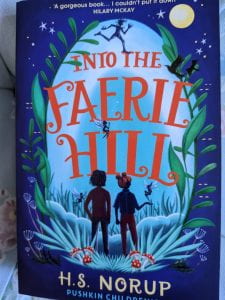 particularly excited when I was asked to join in with this blog tour. I have to say that her writing just keeps getting better , with its ability to immerse the reader in the scenery and atmosphere of the surroundings.
particularly excited when I was asked to join in with this blog tour. I have to say that her writing just keeps getting better , with its ability to immerse the reader in the scenery and atmosphere of the surroundings.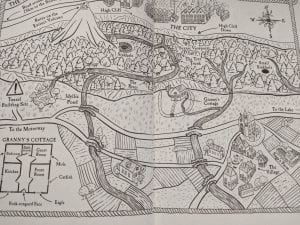
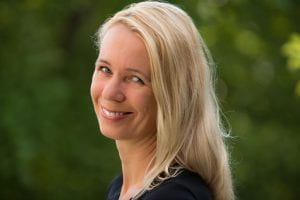 2018. Originally from Denmark, she has lived in six different countries and now resides in Switzerland with her husband and two teenage sons. She has a Master’s degree in Economics and Business Administration and sixteen years’ experience in corporate marketing strategy and communications. When she’s not writing or reading, she spends her time outdoors either skiing, hiking, walking, golfing or taking photos.
2018. Originally from Denmark, she has lived in six different countries and now resides in Switzerland with her husband and two teenage sons. She has a Master’s degree in Economics and Business Administration and sixteen years’ experience in corporate marketing strategy and communications. When she’s not writing or reading, she spends her time outdoors either skiing, hiking, walking, golfing or taking photos.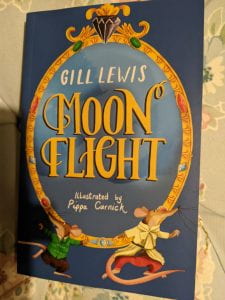 writers have a variety of stories they want to tell. I did enjoy being released from detailed factual research and building the world of the highly anthropomorphised Dockland Rats.
writers have a variety of stories they want to tell. I did enjoy being released from detailed factual research and building the world of the highly anthropomorphised Dockland Rats. Tilbury’s world, following him on his adventures, the twists and turns of the story happening organically as I wrote. I think I needed a change from my usual stories that are based in the real world, and to travel to new unexplored worlds. The infinite realms of the imagination were my portals out of reality. Lockdown also made me feel a little institutionalised, and anxious to venture out when Lockdown was lifted. A trip to London seemed a huge undertaking. I really felt I understood Tilbury’s paradoxical desires for adventure and yet to stay at home and never leave.
Tilbury’s world, following him on his adventures, the twists and turns of the story happening organically as I wrote. I think I needed a change from my usual stories that are based in the real world, and to travel to new unexplored worlds. The infinite realms of the imagination were my portals out of reality. Lockdown also made me feel a little institutionalised, and anxious to venture out when Lockdown was lifted. A trip to London seemed a huge undertaking. I really felt I understood Tilbury’s paradoxical desires for adventure and yet to stay at home and never leave.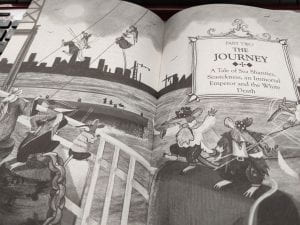 turn up before dark or for tea. I think parents are more worried by stranger danger and dangerous traffic on roads these days. But also sadly, a problem of modern life, especially in urban areas is that are fewer places to play outside as many places may be developed for housing. My own children grew up in a rural area, but the small roads were so busy, and used as cut-throughs for local traffic, that cycling and walking were not very safe. Like all mothers, Tilbury’s Ma wants to protect her little son as much as she can, but of course, she cannot protect him forever. She must be brave and let him begin to find his way in the world, letting him test his own boundaries. Even Tilbury’s Pa must remind Ma that they were young rats once in search of adventure. But Ma will always there for Tilbury with a hot dinner and a warm bed if he should need it.
turn up before dark or for tea. I think parents are more worried by stranger danger and dangerous traffic on roads these days. But also sadly, a problem of modern life, especially in urban areas is that are fewer places to play outside as many places may be developed for housing. My own children grew up in a rural area, but the small roads were so busy, and used as cut-throughs for local traffic, that cycling and walking were not very safe. Like all mothers, Tilbury’s Ma wants to protect her little son as much as she can, but of course, she cannot protect him forever. She must be brave and let him begin to find his way in the world, letting him test his own boundaries. Even Tilbury’s Pa must remind Ma that they were young rats once in search of adventure. But Ma will always there for Tilbury with a hot dinner and a warm bed if he should need it.